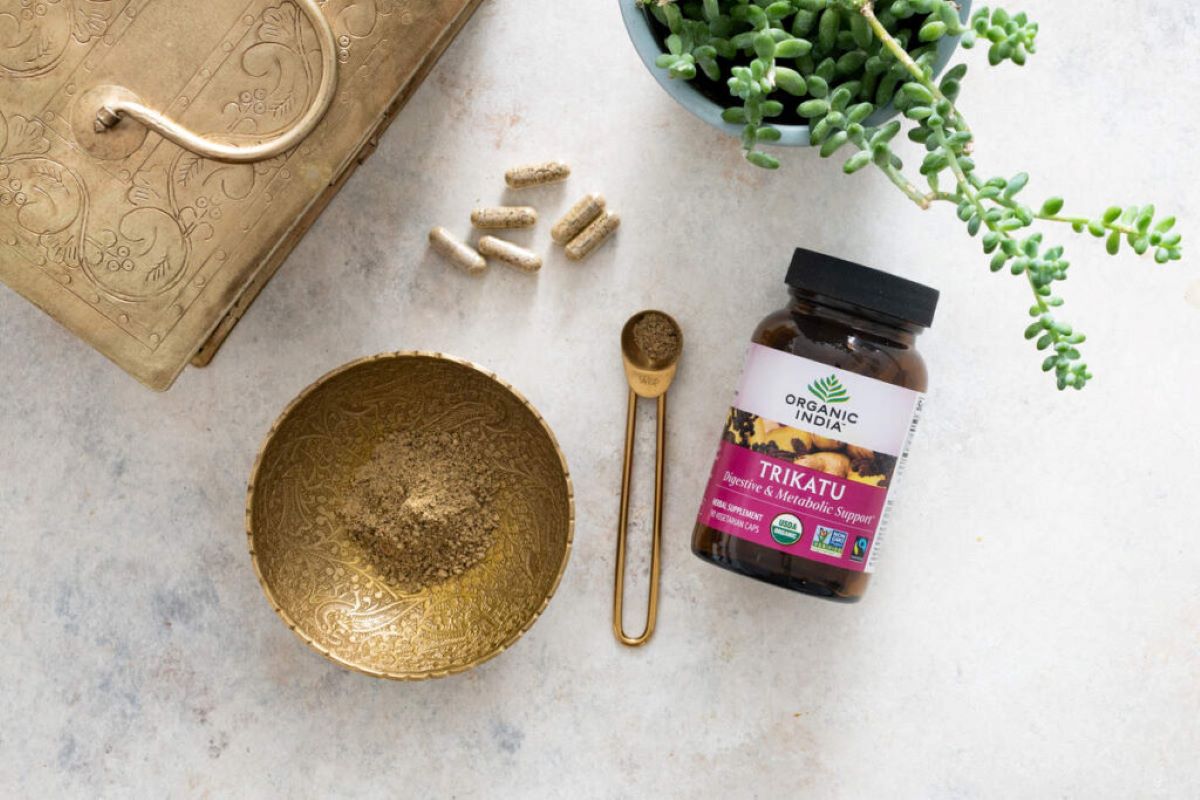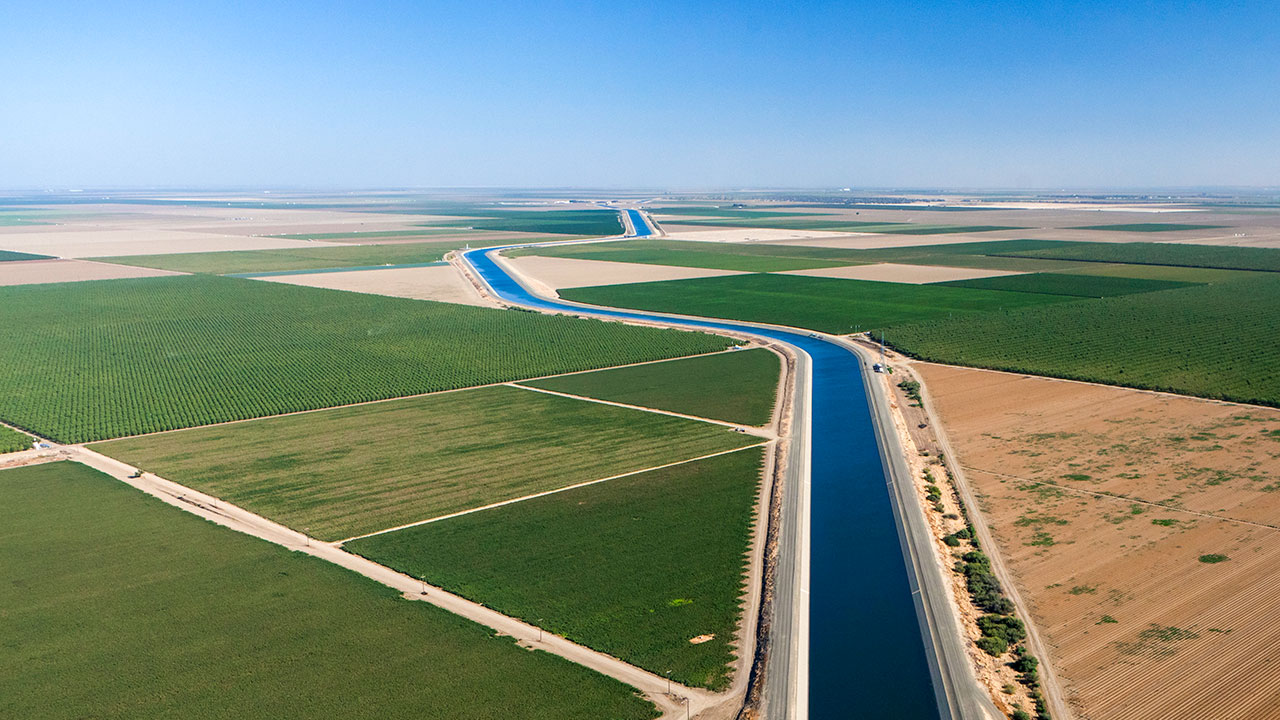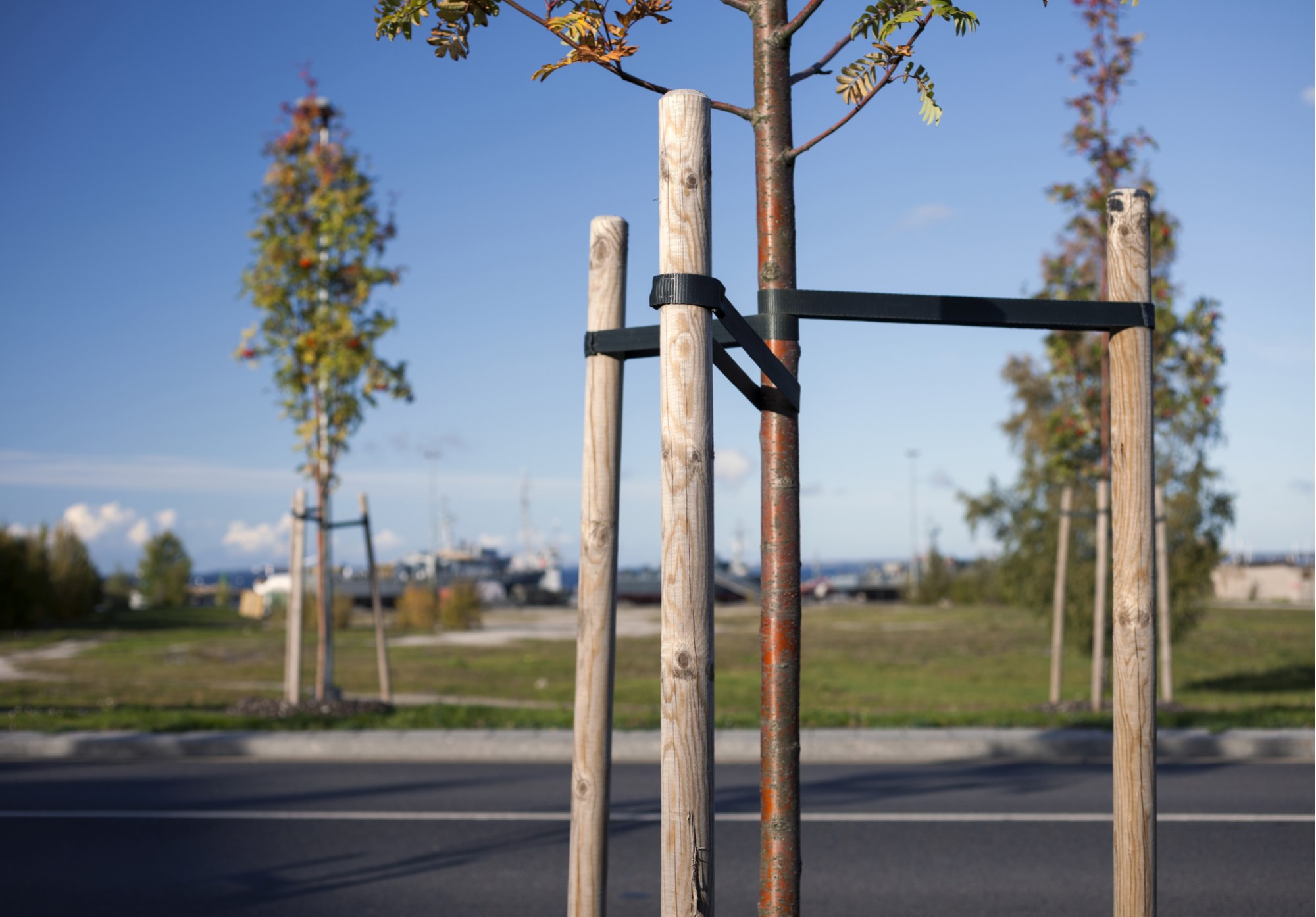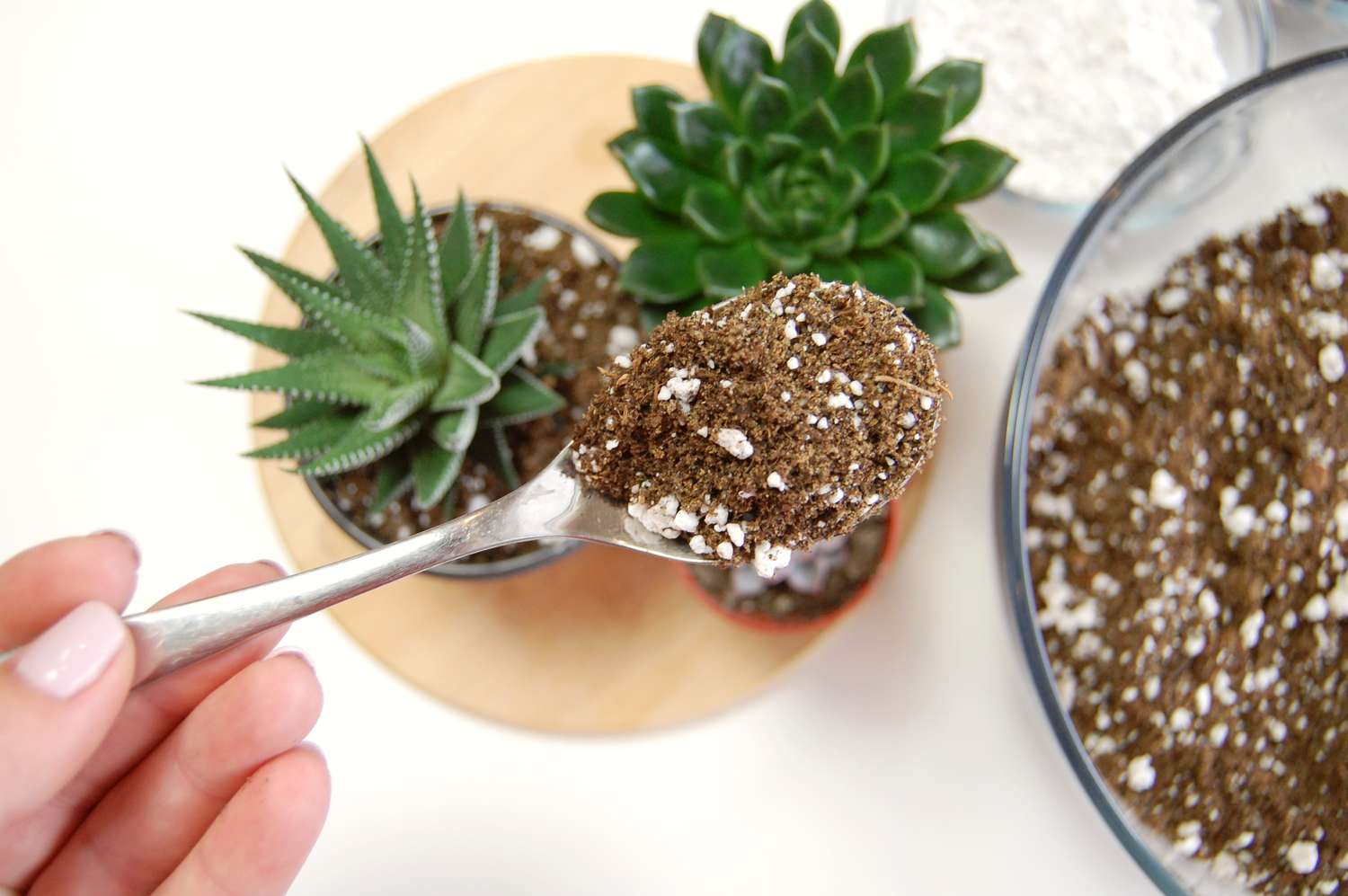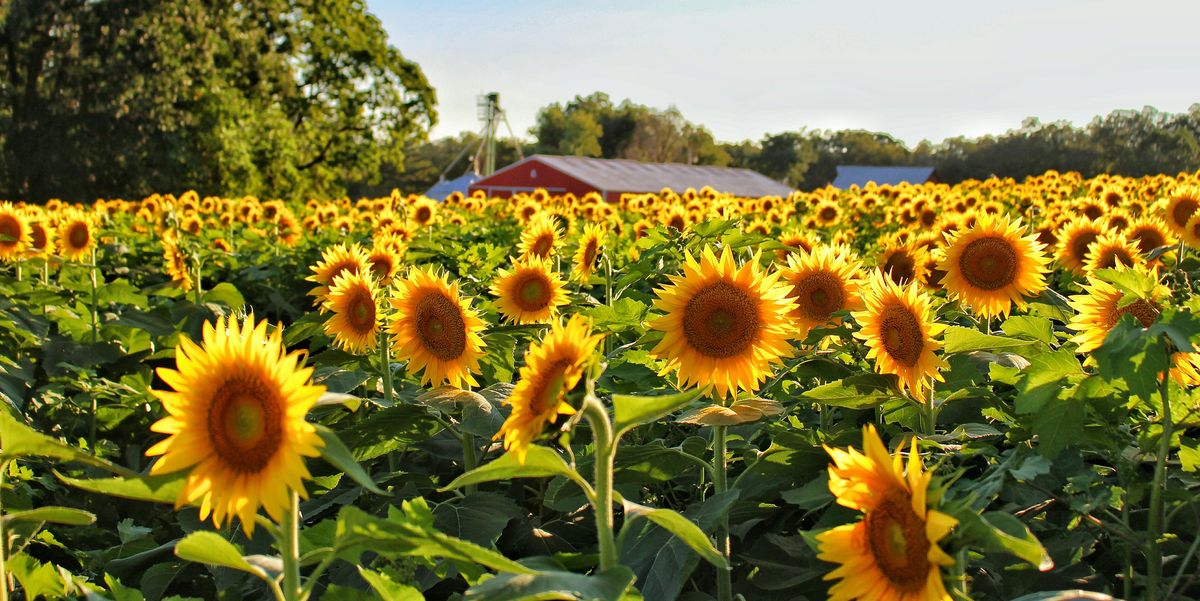Home>Gardening Basics>Understanding Soil>Why Is Permeable Soil Best For Plants That Need A Lot Of Drainage


Understanding Soil
Why Is Permeable Soil Best For Plants That Need A Lot Of Drainage
Published: February 12, 2024
Discover why permeable soil is ideal for plants requiring good drainage. Learn the importance of understanding soil for healthy plant growth.
(Many of the links in this article redirect to a specific reviewed product. Your purchase of these products through affiliate links helps to generate commission for Chicagolandgardening.com, at no extra cost. Learn more)
Table of Contents
Introduction
Soil plays a crucial role in the growth and overall health of plants. The type of soil in which a plant is grown can significantly impact its well-being. Permeable soil, also known as well-draining soil, is particularly beneficial for plants that require excellent drainage to thrive. In this article, we will delve into the significance of permeable soil for plants that demand efficient drainage, exploring its characteristics, benefits, and how to create it for your garden.
The ability of soil to absorb and transmit water is what defines its permeability. Permeable soil allows water to infiltrate the ground, preventing waterlogging and ensuring that excess water does not accumulate around plant roots. This is especially vital for plants that are susceptible to root rot and other water-related issues. By understanding the unique properties of permeable soil and its importance for certain plant species, you can cultivate a thriving garden that promotes optimal plant growth and vitality.
Throughout this article, we will uncover the characteristics of plants that necessitate good drainage, the advantages of permeable soil for their well-being, and practical methods for creating permeable soil in your garden. Whether you are a seasoned gardener seeking to enhance your understanding of soil management or a novice enthusiast looking to foster healthy plant growth, the insights shared here will empower you to make informed decisions and cultivate a flourishing garden ecosystem. Let's embark on this journey to unlock the secrets of permeable soil and its profound impact on plant health and vitality.
Understanding Permeable Soil
Permeable soil, also referred to as well-draining soil, is characterized by its ability to allow water to pass through it easily. This is attributed to the presence of interconnected pore spaces within the soil structure, enabling water to infiltrate the ground and prevent waterlogging. The permeability of soil is influenced by various factors, including its texture, composition, and organic matter content.
Soil texture plays a pivotal role in determining permeability. Sandy soils, known for their coarse particles, tend to exhibit high permeability, allowing water to drain rapidly. In contrast, clay soils, with their fine particles, have lower permeability and can impede water drainage, leading to waterlogged conditions. Loamy soils, which consist of a balanced mixture of sand, silt, and clay, often offer moderate permeability, making them suitable for a wide range of plants.
Organic matter also contributes to the permeability of soil. Well-decomposed organic materials, such as compost and humus, enhance soil structure by promoting the formation of stable aggregates and increasing pore spaces. This improves water infiltration and root penetration while preventing compaction, ultimately fostering a healthy and permeable soil environment.
Understanding the permeability of soil is essential for selecting the most suitable planting locations and implementing effective irrigation practices. By assessing the drainage characteristics of your soil, you can identify areas that may be prone to waterlogging and take proactive measures to improve drainage, such as incorporating organic amendments or creating raised beds.
As we delve deeper into the significance of permeable soil for plants that require efficient drainage, it is important to recognize that the ability of soil to facilitate water movement directly impacts the overall health and vitality of plant life. By comprehending the underlying principles of permeable soil and its influence on plant growth, you can cultivate an environment that promotes optimal root development and ensures the well-being of your cherished plants.
Importance of Drainage for Plants
Effective drainage is crucial for the well-being of plants, as it directly impacts their root health and overall vitality. When soil lacks proper drainage, excess water can accumulate around plant roots, leading to a range of detrimental effects. One of the primary concerns associated with poor drainage is the risk of root rot, a condition caused by the proliferation of harmful fungi in waterlogged soil. Root rot can severely compromise the root system, hindering the plant’s ability to absorb nutrients and water, ultimately resulting in stunted growth and diminished resilience to environmental stressors.
Furthermore, waterlogged soil can lead to the deprivation of oxygen to plant roots, impeding essential metabolic processes and triggering physiological stress. Inadequate oxygen levels in the root zone can disrupt nutrient uptake and compromise the plant’s capacity to undergo vital biochemical reactions, adversely affecting its overall vigor and productivity. Additionally, waterlogged conditions create an ideal environment for anaerobic bacteria to thrive, further exacerbating the detrimental impact on plant roots.
Proper drainage is particularly vital for plants that are susceptible to water-related ailments, such as succulents, cacti, and various ornamental plants native to arid regions. These plants have evolved to thrive in environments with minimal water availability and rely on efficient drainage to prevent water accumulation around their roots. By ensuring adequate drainage, gardeners can mimic the natural habitat of these plants, fostering an environment that promotes their optimal growth and longevity.
Furthermore, plants that are cultivated in containers or raised beds necessitate well-draining soil to prevent waterlogging and maintain a healthy root environment. Adequate drainage in container gardens is essential for preventing water from becoming stagnant, which can lead to root suffocation and the onset of diseases. By recognizing the significance of drainage for plants, gardeners can implement strategic measures to optimize soil permeability and create an environment that supports the flourishing of diverse plant species.
Understanding the importance of drainage for plants underscores the critical role of permeable soil in fostering a conducive growing environment. By prioritizing effective drainage, gardeners can safeguard the health and vitality of their plants, mitigating the risks associated with waterlogged soil and empowering their green companions to thrive in optimal conditions.
Characteristics of Plants that Need Good Drainage
Plants that require good drainage typically exhibit specific characteristics that make them particularly sensitive to waterlogged soil conditions. Understanding these traits is essential for identifying the types of plants that benefit from well-draining soil and implementing suitable cultivation practices to meet their unique needs.
- Succulent Adaptations: Succulent plants, such as cacti and certain species of agave and echeveria, have evolved specialized adaptations to thrive in arid environments with limited water availability. Their fleshy leaves and stems serve as water reservoirs, enabling them to endure drought conditions. However, these plants are highly susceptible to root rot when exposed to excessive moisture, making good drainage imperative for their survival.
- Drought-Tolerant Species: Many plants native to semi-arid and desert regions have developed remarkable drought tolerance mechanisms, allowing them to withstand prolonged periods of water scarcity. While these plants have evolved to endure dry conditions, they are intolerant of waterlogged soil, as it can lead to root suffocation and the onset of diseases.
- Mediterranean and Xerophytic Flora: Plants indigenous to Mediterranean climates and xerophytic ecosystems, characterized by hot, dry summers and mild, wet winters, often require well-draining soil to thrive. Species such as lavender, rosemary, and sage are renowned for their aromatic foliage and resilience in arid conditions, making them well-suited for environments with good drainage.
- Alpine and Rock Garden Plants: Many alpine and rock garden plants, including saxifrages, gentians, and alpine asters, originate from mountainous regions with porous, gravelly soils. These plants demand excellent drainage to prevent water accumulation around their roots, reflecting their adaptation to high-altitude environments with rapid water percolation.
Recognizing the characteristics of plants that necessitate good drainage empowers gardeners to make informed decisions when selecting suitable planting locations and implementing soil management strategies. By catering to the unique needs of these plants, gardeners can create an environment that fosters their optimal growth and resilience, ensuring that they thrive in conditions that mimic their natural habitats.
Benefits of Permeable Soil for Plants
Permeable soil offers a myriad of benefits for plants, contributing to their overall health, vigor, and resilience in diverse growing environments. By providing optimal drainage and aeration, permeable soil creates an environment that supports robust root development and mitigates the risks associated with waterlogged conditions.
- Prevention of Root Rot: One of the primary advantages of permeable soil is its ability to prevent waterlogging, thereby reducing the risk of root rot in plants. By facilitating efficient drainage, permeable soil minimizes the likelihood of excess moisture accumulating around plant roots, safeguarding them from the detrimental effects of fungal pathogens and anaerobic conditions.
- Enhanced Nutrient Uptake: Permeable soil promotes optimal nutrient uptake by facilitating the movement of essential minerals through the root zone. Adequate drainage and aeration enable roots to access vital nutrients, fostering robust growth and maximizing the plant’s capacity to utilize available resources for metabolic processes and cellular development.
- Improved Oxygenation: The permeability of soil ensures adequate oxygenation of the root system, supporting crucial respiratory functions and metabolic activities within plant tissues. Well-draining soil prevents the accumulation of excess water, allowing oxygen to permeate the root zone and sustain aerobic conditions essential for root vitality.
- Prevention of Waterlogged Stress: Plants grown in permeable soil are less susceptible to waterlogged stress, a condition that can impede growth and compromise overall plant vigor. By maintaining optimal drainage, permeable soil reduces the likelihood of waterlogged stress, enabling plants to thrive in environments that promote their well-being and longevity.
- Adaptation to Diverse Plant Species: Permeable soil accommodates a wide range of plant species with varying moisture requirements, offering flexibility for cultivating diverse ornamental, culinary, and medicinal plants. Whether nurturing succulents, drought-tolerant species, or moisture-sensitive flora, permeable soil provides a versatile growing medium that can be tailored to meet the specific needs of different plants.
By harnessing the benefits of permeable soil, gardeners can create an optimal growing environment that fosters the flourishing of a diverse array of plant species. Whether cultivating a vibrant garden, tending to potted plants, or establishing a sustainable landscape, the advantages of permeable soil extend beyond efficient drainage, encompassing the fundamental elements that sustain and invigorate plant life.
How to Create Permeable Soil for Your Garden
Transforming your garden soil into a permeable, well-draining medium involves strategic measures aimed at enhancing its texture, structure, and drainage capacity. By implementing the following techniques, you can create an environment that optimizes soil permeability and fosters the healthy growth of your cherished plants.
- Amend with Organic Matter: Incorporating organic amendments, such as compost, well-rotted manure, and leaf mold, enhances soil structure and promotes the formation of stable aggregates. Organic matter increases pore spaces within the soil, facilitating water infiltration and improving drainage while providing essential nutrients for plant growth.
- Utilize Coarse Amendments: Adding coarse materials, such as perlite, coarse sand, or gravel, to the soil can enhance its permeability by creating pathways for water movement and preventing compaction. These amendments improve aeration and drainage, particularly in heavy clay soils, promoting an environment conducive to healthy root development.
- Implement Raised Beds: Constructing raised beds filled with a well-draining soil mix offers an effective solution for creating permeable growing spaces. Raised beds provide excellent drainage and prevent waterlogging, making them ideal for cultivating plants that require efficient moisture management and optimal root aeration.
- Install Drainage Systems: In areas prone to waterlogging, the installation of subsurface drainage systems, such as French drains or perforated pipes, can alleviate excess moisture and prevent water accumulation in the root zone. These systems facilitate the efficient removal of water, safeguarding plants from the detrimental effects of waterlogged conditions.
- Monitor Irrigation Practices: Implementing mindful irrigation practices tailored to the specific needs of your plants is essential for maintaining soil permeability. Watering deeply and less frequently encourages the development of deep, robust root systems, while minimizing the risk of waterlogging and promoting efficient water utilization by plants.
By integrating these techniques into your gardening practices, you can transform your soil into a permeable, well-draining substrate that supports the optimal growth and vitality of your plants. Whether cultivating ornamental gardens, vegetable plots, or container plantings, creating permeable soil empowers you to establish a nurturing environment that fosters the flourishing of diverse plant species and enhances the beauty and productivity of your garden.
Conclusion
Permeable soil, characterized by its efficient drainage and capacity to promote optimal root health, is indispensable for cultivating plants that require good drainage to thrive. By understanding the significance of permeable soil and its benefits for plant vitality, gardeners can create environments that support the diverse needs of their cherished flora. The ability of permeable soil to prevent waterlogging, enhance nutrient uptake, and facilitate oxygenation underscores its pivotal role in sustaining healthy plant growth and resilience.
Recognizing the unique characteristics of plants that necessitate good drainage empowers gardeners to make informed decisions when selecting suitable planting locations and implementing soil management strategies. Succulents, drought-tolerant species, and plants native to arid and alpine regions are among the many flora that rely on permeable soil to thrive, highlighting the importance of catering to their specific moisture requirements.
By implementing practical measures to create permeable soil, such as amending with organic matter, utilizing coarse amendments, and monitoring irrigation practices, gardeners can transform their growing spaces into thriving environments that foster the flourishing of diverse plant species. Whether cultivating a vibrant garden, tending to potted plants, or establishing a sustainable landscape, the benefits of permeable soil extend beyond efficient drainage, encompassing the fundamental elements that sustain and invigorate plant life.
As gardeners embrace the principles of soil permeability and its profound impact on plant health, they embark on a journey to nurture thriving ecosystems that celebrate the beauty and resilience of nature. By fostering environments characterized by permeable soil, gardeners cultivate a legacy of sustainable gardening practices and vibrant, flourishing landscapes that inspire and enrich the lives of all who behold them.
